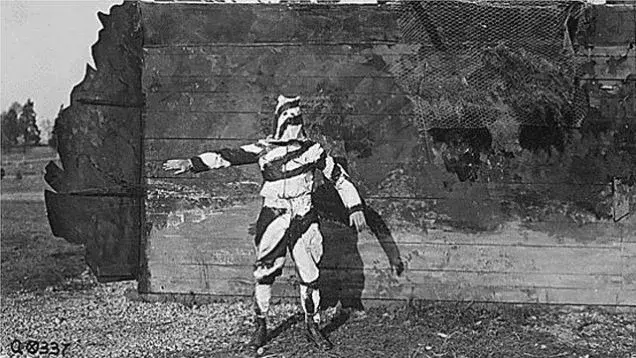this post was submitted on 21 Jan 2024
175 points (98.9% liked)
HistoryPorn
6273 readers
323 users here now
If you would like to become a mod in this community, kindly PM the mod.
Relive the Past in Jaw-Dropping Detail!
HistoryPorn is for photographs (or, if it can be found, film) of the past, recent or distant! Give us a little snapshot of history!
Rules
- Be respectful and inclusive.
- No harassment, hate speech, or trolling.
- Engage in constructive discussions.
- Share relevant content.
- Follow guidelines and moderators' instructions.
- Use appropriate language and tone.
- Report violations.
- Foster a continuous learning environment.
- No genocide or atrocity denialism.
Pictures of old artifacts and museum pieces should go to History Artifacts
Illustrations and paintings should go to History Drawings
Related Communities:
founded 2 years ago
MODERATORS
you are viewing a single comment's thread
view the rest of the comments
view the rest of the comments

Pixels, as is my understanding are simply a convenient way to design and produce camouflage with good macro/micro patterning.
Macro/micro patterning are basically the differences in distance the camo best works at. Classic US Woodland for example is a very “macro” pattern by design. It works better further away in a fairly wide variance of terrains because the shapes are very large which breaks up the human shape. Micro patterning would be an extremely dense pattern made up entirely of smaller shapes. This is great for close distance, but at longer ranges creates a “blobbing” problem where the pattern is perceived as one color essentially.
Pixelized patterns can create layers where you have a macro shape, and then inside the micro is enough variation to break it up for micro distances without losing the macro visibility.
You don’t actually need pixels to do this, but it’s become common especially with many patterns building off of early widely adopted designs.
There’s, uh, a lot more but I lost what the point of this comment was.